Six times Israeli intelligence forces have shocked enemies with covert operations
By Andi Shae Napier
While Israel and its national intelligence agency Mossad rarely take credit for covert operations, on-the-ground reporting demonstrates the Jewish state was almost assuredly behind each attack that earned them a famous victory.
Here are six times Israel has used covert operations and innovative technology to secure a win against its rivals.
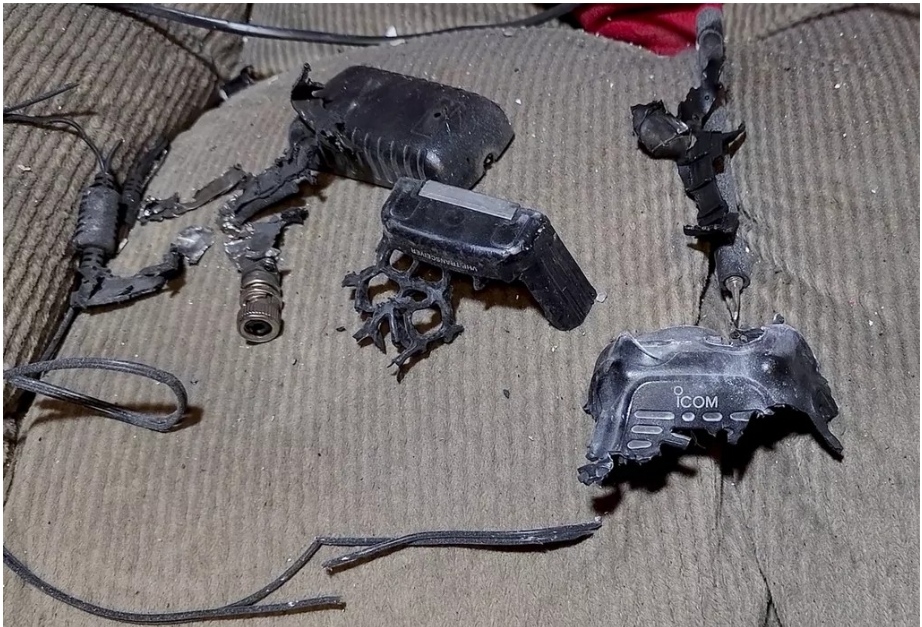
Exploding devices in Lebanon — Sept. 17-18, 2024
Pagers and other communication devices belonging to Hezbollah simultaneously exploded in two attacks on Tuesday and Wednesday, respectively. It’s estimated by officials that Israel may have placed explosives in the devices during a three-month layover period following Hezbollah’s order for them.
In taking pagers that did not explode in the attacks, Lebanese officials found 1-3 grams of pentaerythritol tetra nitrate, a powerful exploding compound, inside, according to Al Jazeera.
Later in the week, senior Hezbollah commander Ibrahim Aqil, who played a “principal” part in the bombings of the U.S. Embassy in Beirut in 1983, was killed in a targeted strike in Lebanon, the Israeli military confirmed.
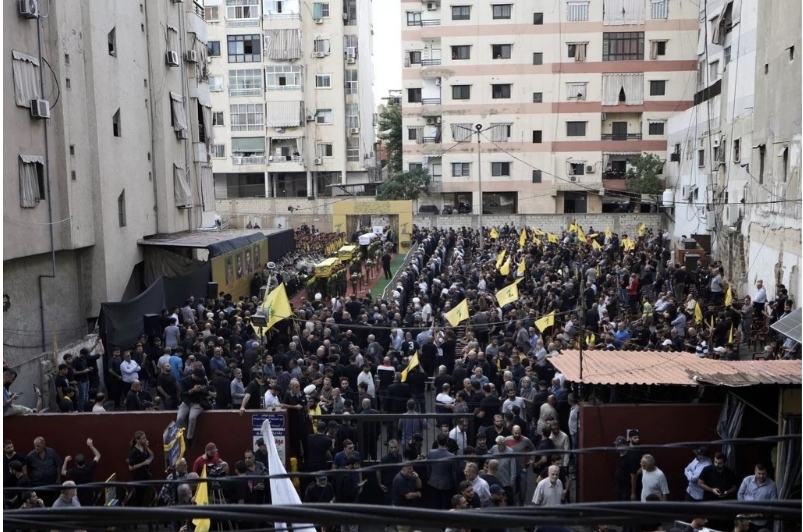
Hezbollah fighters carry the coffin of four slain comrades who were killed Tuesday after their handheld pagers exploded, in the southern suburb of Beirut, Lebanon, Wednesday, Sept. 18, 2024. (AP Photo/Bilal Hussein)
Bombing Hamas leader in Iranian guesthouse — Aug. 1, 2024
Hamas leader Ismail Haniyeh was in Iran for the presidential inauguration of Masoud Pezeshkian. Intelligence officers knew he stayed in a particular guesthouse in Iran’s capital, Tehran, with the guesthouse being part of a larger compound and guarded by the Islamic Revolutionary Guards Corps.
After Haniyeh returned to his room, a bomb was detonated remotely, killing Haniyeh and a bodyguard outside of his room. The bomb was snuck in sometime in June — two months before the explosion, according to a New York Times investigation.
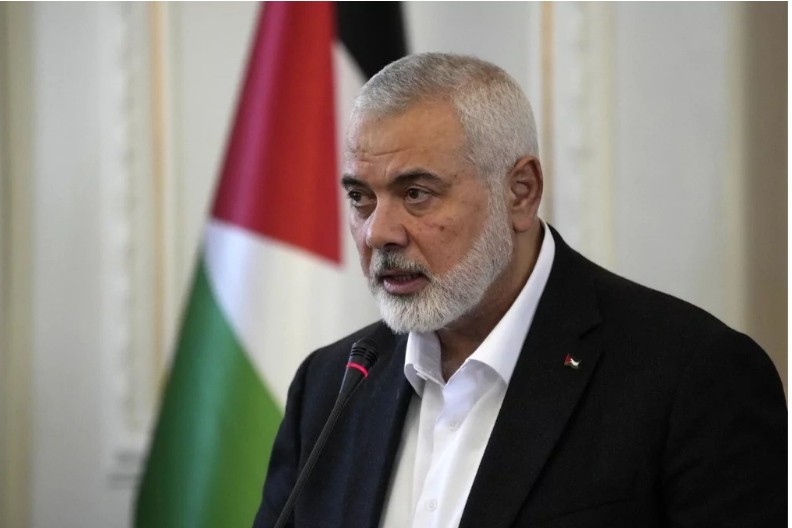
FILE – Hamas chief Ismail Haniyeh speaks during a press briefing after his meeting with Iranian Foreign Minister Hossein Amirabdollahian in Tehran, Iran, March 26, 2024. (AP Photo/Vahid Salemi, File)
Attack on Iranian underground nuclear facility — April 12, 2021
An apparent Israeli cyberattack caused explosions and a blackout at a nuclear enrichment facility in Natanz, Iran, hours after the workers there announced that new centrifuges, machines crucial to nuclear development, were live.
6 Thrilling Movies Like Gone Girl
Stay on the edge of your seat by watching these movies like Gone Girl, from mystery movies to psychological thrillers.
The attack was on the facility’s power supply, which can be catastrophic as centrifuges need balanced and consistent energy supplies to keep them stabilized.
It’s unknown whether the attack was caused by physical sabotage, such as the insertion of an encrypted USB drive, or a cyberattack that disrupted centrifuges. Iran downplayed the incident, choosing not to disclose the root of the attack.
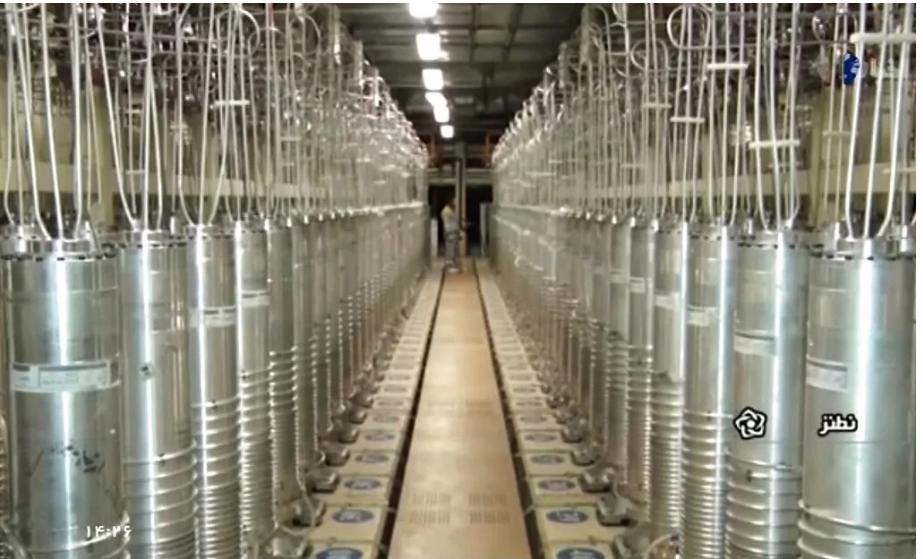
In this image made from April 17, 2021, video released by the Islamic Republic Iran Broadcasting, IRIB, state-run TV, various centrifuge machines line the hall damaged on Sunday, April 11, 2021, at the Natanz Uranium Enrichment Facility, some 200 miles (322 km) south of the capital Tehran, Iran. (IRIB via AP, File)
AI-powered gun used to assassinate Iranian nuclear scientist — Nov. 27, 2020
In a highly coordinated attack, Iranian agents working for Israel’s Mossad assassinated Iranian nuclear scientist Mohsen Fakhrizadeh using a computer-controlled sniper in an entirely different region.
Fakhrizadeh was warned of an assassination plot the morning of the attack before he drove from his vacation home with his wife, according to the Times of Israel, but he ultimately decided to travel anyway. Fakhrizadeh was going to drive through Absard, Iran, a town east of Tehran, where Mossad had worked on an abandoned-looking truck.
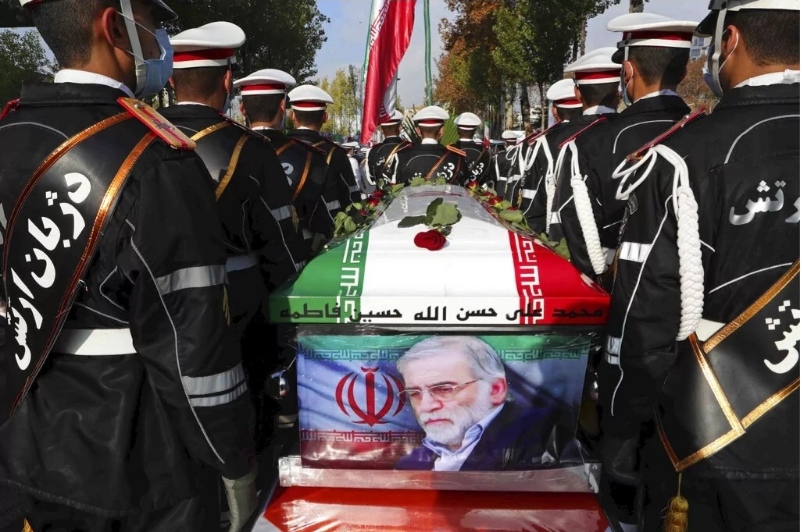
In this photo released by the official website of the Iranian Defense Ministry, military personnel stand near the flag-draped coffin of Mohsen Fakhrizadeh, a scientist who was killed on Friday, during a funeral ceremony in Tehran, Iran, Monday, Nov. 30, 2020. (Iranian Defense Ministry via AP, File)
The truck had a uniquely crafted sniper machine gun capable of firing off 600 rounds a minute. The sniper had multiple camera eyes and was controlled by a computer over 1,000 miles away. No one else was hurt in the shooting, including Fakhrizadeh’s wife.
The attack was the result of extensive collaboration between Mossad and high-ranking American officials, including former President Donald Trump, according to the New York Times.
Stuxnet cyberattack collaboration with US — 2010
Stuxnet, a cyberweapon developed during the Bush administration, was found floating around the internet in 2010, prompting Obama to order it be used for secret operations. The weapon was further developed by both U.S. and Israeli intelligence with the intent of using it to delay other countries’ nuclear development, according to CSO.
Stuxnet used malware to covertly infiltrate and damage computer systems, making the incident look like incompetence rather than outright computer failure. The attack happened in 2010, taking out over 10% of Iran’s 9,000 centrifuge machines in the country’s Natanz nuclear facility, according to the Washington Post.
Israel creates resort on Sudanese coast to bring Jews to Jerusalem — 1980s
In the 1970s, Israel began receiving numerous reports from Ethiopian Israeli contacts that political tensions in Ethiopia were becoming dangerous for Jews.
The Mossad agency came across an abandoned Italian resort on east Sudan’s Red Sea coast and saw a potential for bringing Jews to Jerusalem.
Undercover Mossad agents pretending to be businessmen and eager deep-sea divers excited the Sudanese government with confidence that tourists would flock to the resort. Using real brochures and seeing real vacationers, Mossad agents were both running a business and rescuing Ethiopian Jews.
Throughout the ’80s, Mossad covertly rescued about 8,000 Jews and led a mass exodus from Ethiopia to Jerusalem.
Washington Examiner



